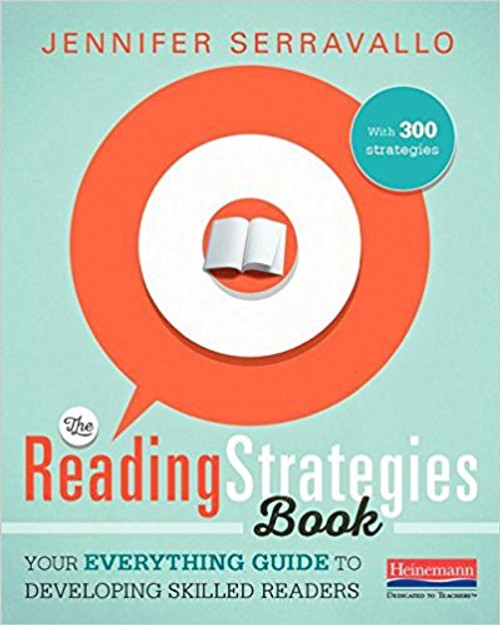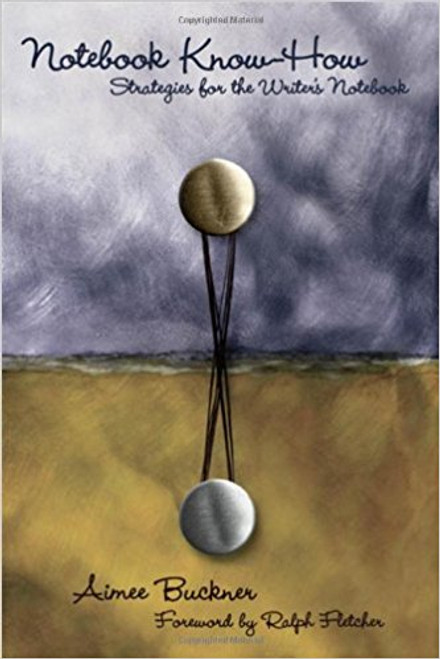Product Description
The Reading Strategies Book made the New York Times Best Seller List by making it simpler to match students’ needs to high-quality instruction. Now, in The Writing Strategies Book, Jen Serravallo does the same, collecting 300 of the most effective strategies to share with writers, and grouping them beneath 10 crucial goals.
“You can think of the goals as the what, “writes Jen, “and the strategies as the how.” From composing with pictures all the way to conventions and beyond, you’ll have just-right teaching, just in time. With Jen’s help you’ll:
- develop individual goals for every writer
- give students step-by-step strategies for writing with skill and craft
- coach writers using prompts aligned to a strategy
- present mentor texts that support a genre and strategy
- adjust instruction to meet individual needs with Jen’s Teaching Tips
- demonstrate and explain a writing move with her Lesson Language
- learn more with Hat Tips to the work of influential teacher–authors.
She even offers suggestions for stocking your writing center, planning units of study, celebrating student writing, and keeping records.
Whether you use Writing Workshop, 6+1 Traits, Daily 5’s “Work on Writing,” a scripted writing program, the writing exercises in your basal, or any other approach, you’ll discover a treasure chest of ways to work with whole classes, small groups, or individual writers.
“I am convinced that helping kids to articulate clear goals for their work,” writes Jen Serravallo, “and supporting them with strategies and feedback to accomplish those goals, makes a huge difference.” With The Writing Strategies Book you can make that kind of difference with your writers every day.
Table of Contents:
Getting Started
Goal I: Composing with Pictures (18 strategies)
Goal 2: Engagement: Independence, Increasing Volume, and Developing a Writing Identity (27 strategies)
Goal 3: Generating and Collecting Ideas (38 strategies)
Goal 4: Focus/Meaning (25 strategies)
Goal 5: Organization and Structure (40 strategies)
Goal 6: Elaboration (45 strategies)
Goal 7: Word Choice (31 strategies)
Goal 8: Conventions: Spelling and Letter Formation (22 strategies)
Goal 9: Conventions: Grammar and Punctuation (35 strategies)
Goal 10: Collaborating with Writing Partners and Clubs (19 strategies)
In Depth:
My aim in this book is to offer my favorite, most useful collection of strategies that span all aspects of the writing process, all genres and modes of writing, and that will work well with students in grades K-8. I want to offer you a little bit of everything. I streamlined the language and examples, and I present the strategies in a format that is organized so that the busy teacher can find just the right strategy at just the right moment. Of course, you'll elaborate on the streamlined language and make it your own.
Each chapter in this book focuses on one of ten possible goals. The first few pages of each chapter offer a quick overview of what the goal is and why it's important and a brief section on how to determine if it's the right fit for the student you're considering teaching it to. I can't say enough about how important it is to spend time making sure you're choosing the right goal to focus on for each writer in your classroom. Choosing an appropriate goal requires that you have a deep knowledge of your students, developed through assessments of course, but also through talking to your students and getting to know them as people. You'll likely plan to spend time observing them as they write and meeting with them in conferences to learn about their interests and hopes for their writing.







